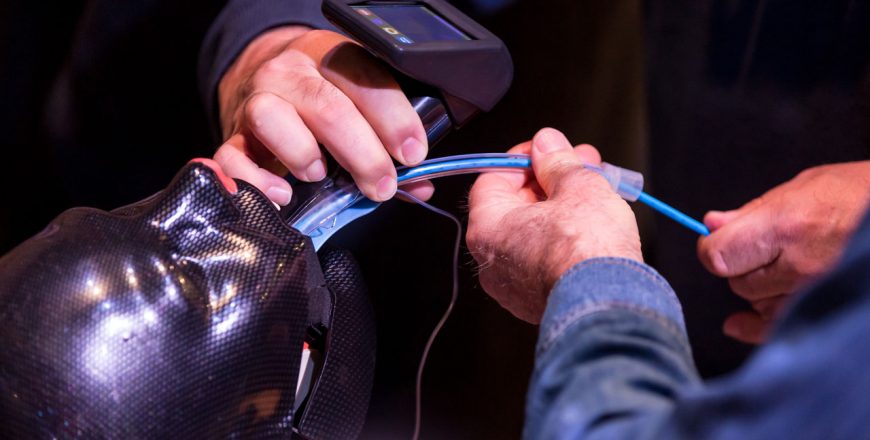Fiberscopic Assisted Video-laryngoscope Intubation (FAVI) or Hybrid Intubation Technique
As always, please feel free to pause the video and take notes as needed.
Welcome to this demonstration video of
The purpose of this video is to provide a visual guide for the proper doing
Equipment setup:
Technique or Procedure:
Video-Twin Technique for Airway Management
The hybrid technique
Introduction:
Intubation in a difficult airway with the combination of both video laryngoscopy and flexible fibrescopy when attempts with other commonly used techniques failed.
It is a technique to improve intubation success which involves the combination of both the laryngoscope and flexible fibrescopy. The laryngoscope can function as an adjunct device to create oropharyngeal airspace and act as a guide for flexible fibrescopy. Whereas the fibrescope possesses a flexible “controllable” tip which can be dynamically maneuvered during the intubation process to facilitate entry into the glottis.
The video laryngoscope provides a more panoramic viewpoint, while the fiberoptic bronchoscope provides a close view of the glottic folds.
The steeper blade angulation of the Glidescope provides a 60-degree blade angulation and wider viewing orientation, thus allowing better image visualization and improved Cormack-Lehane view, but intubation is always not guaranteed as occasionally there will be difficulty in directing the endotracheal tube (ETT) towards the vocal cords despite the improved view.
Indications
Flexible fibrescopy has its own shortcomings, including its “tunneled” narrow-angled view, completely obstructed view with secretions and blood.
There were circumstances where the Glidescope failed (cervical spine patients). In those patients, the combined Glidescope and FOB appeared to be a successful rescue technique in securing the airways.
The hybrid technique utilizes both video laryngoscopy and fiberoptic navigation, which can be useful electively or, more likely, as a rescue measure for difficult airways.
It facilitate nasal intubation and reduce associated airway trauma because endotracheal tube is passed through the nasopharynx and lined up with the glottis using video laryngoscopy. Subsequently, the fiberoptic bronchoscope is used only to guide the endotracheal tube through the glottis. The two perspectives simultaneously provide enhanced guidance to the operator, which can, reduce the burden of fiberoptic navigation through blood, secretions, and/or altered airway anatomy.
Additionally, this procedure can be used as a rescue measure when Magill forceps are unsuccessful and is associated with endotracheal tube cuff damage and postoperative pharyngitis.
In addition, the video laryngoscope blade often does not leave enough room in the oropharynx for Magill forceps.
Combined video laryngoscope and FOB could be an effective rescue technique when other commonly used methods failed to secure the airway.
Conclusion
There should be a minimal learning curve with the combined technique if the anesthetists are already familiar with the use of the Glidescope and the FOB. Thus, it is a handy skill to have in an anesthetist’s collection in difficult airway management.
Thank you for watching and we hope you found this video helpful.

